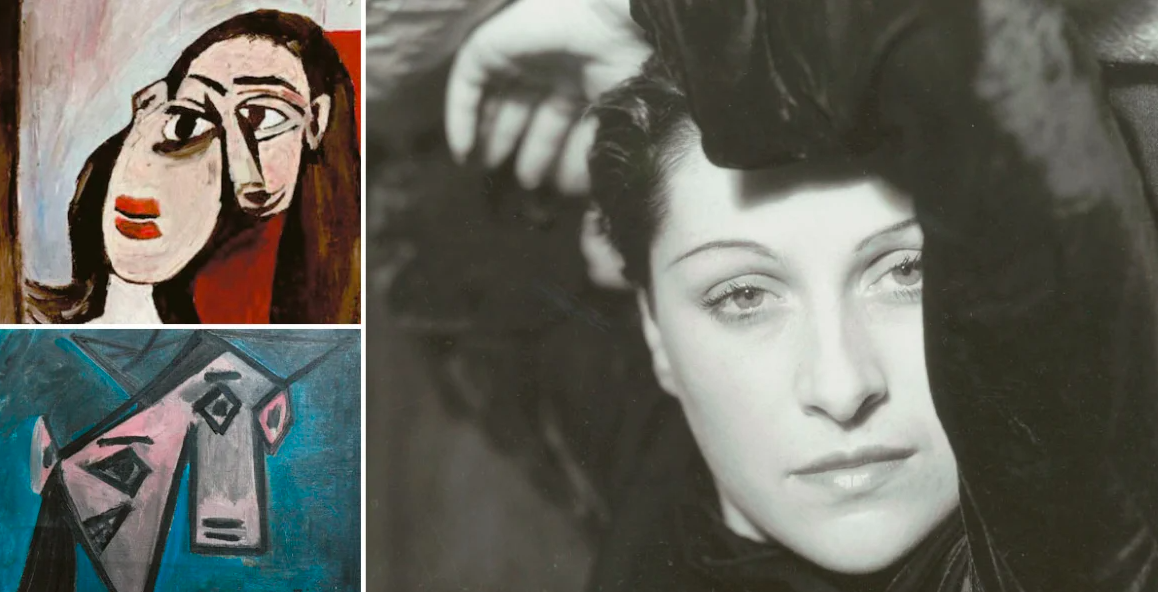The Hidden Portrait in Capri
The tranquil atmosphere of Capri, as romanticized in Italian songs, seemed to encourage an indifference that allowed Luigi Lo Rosso, a second-hand dealer, to ignore the significance of a painting that had hung in his living room for half a century. It was a portrait of Dora Maar, framed cheaply, which divided the opinions of the Lo Rosso family. His wife found it grotesque, while Luigi appreciated its resemblance to Picasso’s works but never thought it was authentic.
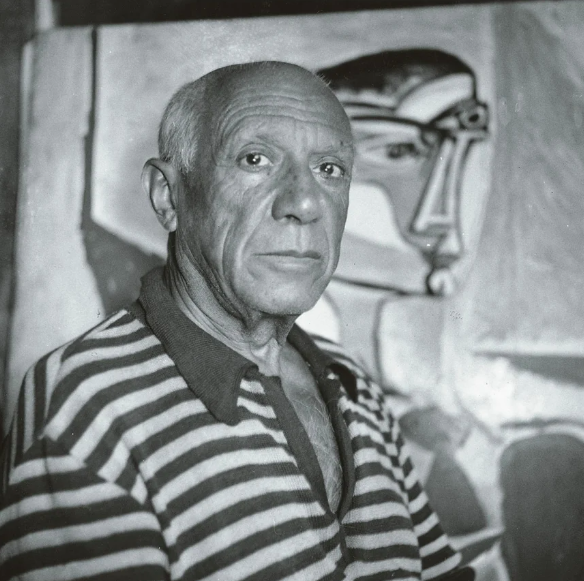
This “monstrous” painting, as Luigi’s wife called it, was once cleaned with detergent in the yard to remove accumulated dust. Fortunately, it remained in the family until Luigi’s son, Andrea Lo Rosso, grew suspicious of its origins and began investigating the work, which he noticed resembled some of Picasso’s masterpieces.
Now, experts believe this portrait of Dora Maar is not only genuine but if confirmed as part of Picasso’s official works, could be valued at up to $12 million. But how was this painting overlooked for so long? Why are Picasso’s stolen works more numerous than those of any other artist? And why was another stolen Picasso work from Athens’ National Gallery also a portrait of Dora Maar?
The Discovery
In the early 1960s, Luigi Lo Rosso was called to clear out the basement of an old house in Capri. Amidst the antique furniture and other discarded items, he found a painting that struck him with its vivid colors, though he did not know art. He took it home to Pompeii, but his wife’s complaints about the “frightening” painting eventually led him to hang it in his restaurant. Despite questions from patrons, Luigi had no idea what the painting represented. It wasn’t until a gallery owner offered him a significant sum for the work that he began to suspect it might be valuable.
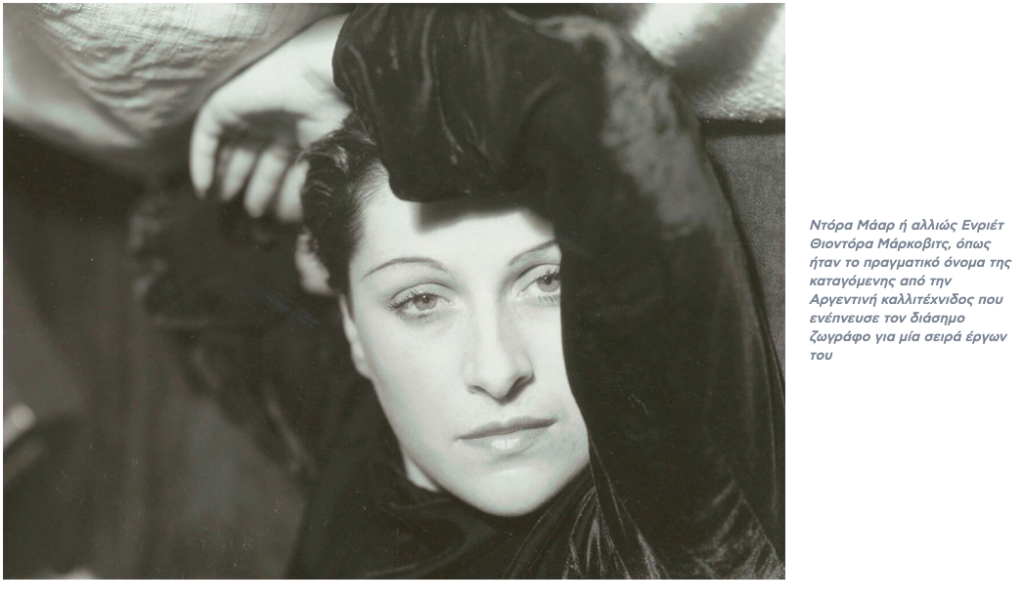
Andrea, Luigi’s son, started researching the painting in art history books and learned that Picasso had been a frequent visitor to the area in the 1940s and 1950s, staying with friends who were fellow artists. Andrea’s growing belief in the painting’s authenticity prompted him to seek the opinion of experts, including Vittorio Sgarbi, a renowned Italian art critic and historian. Sgarbi encouraged him to continue his investigation, stating that the painting had a good chance of being genuine.
Andrea reached out to the Picasso Museum but received no response, likely because the museum officials thought the inquiry was a prank. Undeterred, he called in a representative who could verify the painting’s authenticity, leading to a detailed examination by the Arcadia Foundation. A team of experts, including scientists and art historians, was assembled to assess the work.
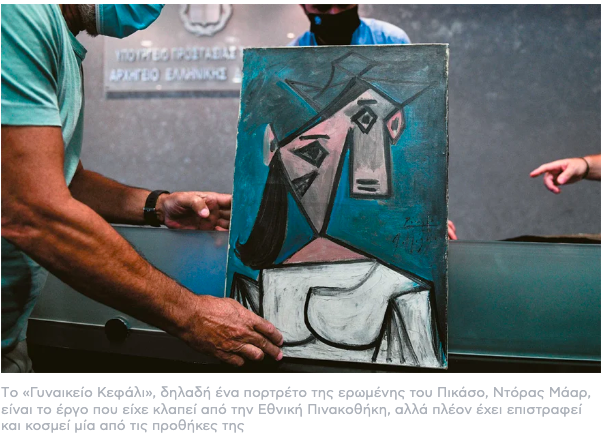
Confirmation of Authenticity
The scientific analysis, led by experts such as engineer Maurizio Seracini and others, confirmed that the signature on the painting was indeed Picasso’s. This finding lent credibility to the possibility that the painting was an original work of Picasso and not a forgery. The portrait was subsequently placed in a secure vault in Milan, awaiting final confirmation from the Picasso Foundation.
The Picasso Foundation’s Response
Despite numerous inquiries, the Lo Rosso family did not initially receive any response from the Picasso Foundation regarding the painting’s authenticity. When the family finally received an answer, it was less than favorable. The Foundation suggested that the family might have stolen property, casting suspicion on their ownership of the painting. This reaction fueled speculation that the portrait was indeed genuine, possibly placing the Lo Rosso family in a position to claim compensation.
This discovery has opened questions about the connection between this portrait and other works of Dora Maar, including a stolen Picasso from 1938 found on a Saudi sheik’s yacht and the one stolen from Athens’ National Gallery, also a portrait of Dora Maar. Could these works be linked, and how do they fit into the larger picture of organized thefts of Picasso’s art?
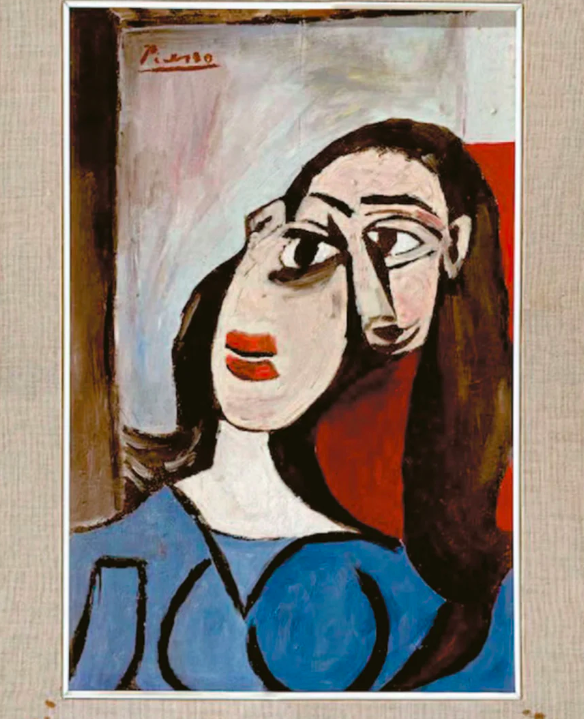
Who Was Dora Maar?
Dora Maar, Picasso’s muse, was much more than just a subject for his art. Born Henriette Theodora Markovitch, she was a talented photographer, praised by artists such as Henri Cartier-Bresson and Man Ray. Maar had a successful career before meeting Picasso, though her legacy was often overshadowed by her relationship with him.
Maar was not only a gifted artist but also a political activist, participating in anti-fascist movements during the war. She was deeply involved in the revolutionary intellectual group Contre-Attaque with André Breton and the Surrealists. Her photographs captured street vendors and people living on the margins of society, imbued with her distinctive vision. Picasso fell deeply in love with Maar and made her his muse, allowing her to photograph him during the creation of his masterpiece, “Guernica.”
The Complexities of Art Theft
As of 2017, Picasso’s works were the most stolen in the world, with over 1,100 pieces listed as missing, disputed, or stolen. Major thefts had occurred at institutions such as the Picasso Museum, the Museum of Modern Art in Paris, and even Athens’ National Gallery. Many believe that a sophisticated network specializes in the theft of Picasso’s works, erasing their traces through storage in secret locations.
The recent recovery of the stolen Picasso from Athens raised many questions about organized art theft. The suspected thief, identified as a house painter named Georgios Sarmatzopoulos, claimed to have stolen the work out of a sudden passion for art, but his explanation left many skeptical. The mystery surrounding his frequent travels to the Netherlands, where other Picasso thefts occurred, deepens the intrigue.
Picasso’s stolen works have often surfaced in the possession of wealthy individuals, such as Saudi sheiks, where they remain hidden from public view. Whether this recently rediscovered Dora Maar portrait was part of a larger criminal operation or a long-forgotten treasure is yet to be determined.
Ask me anything
Explore related questions
